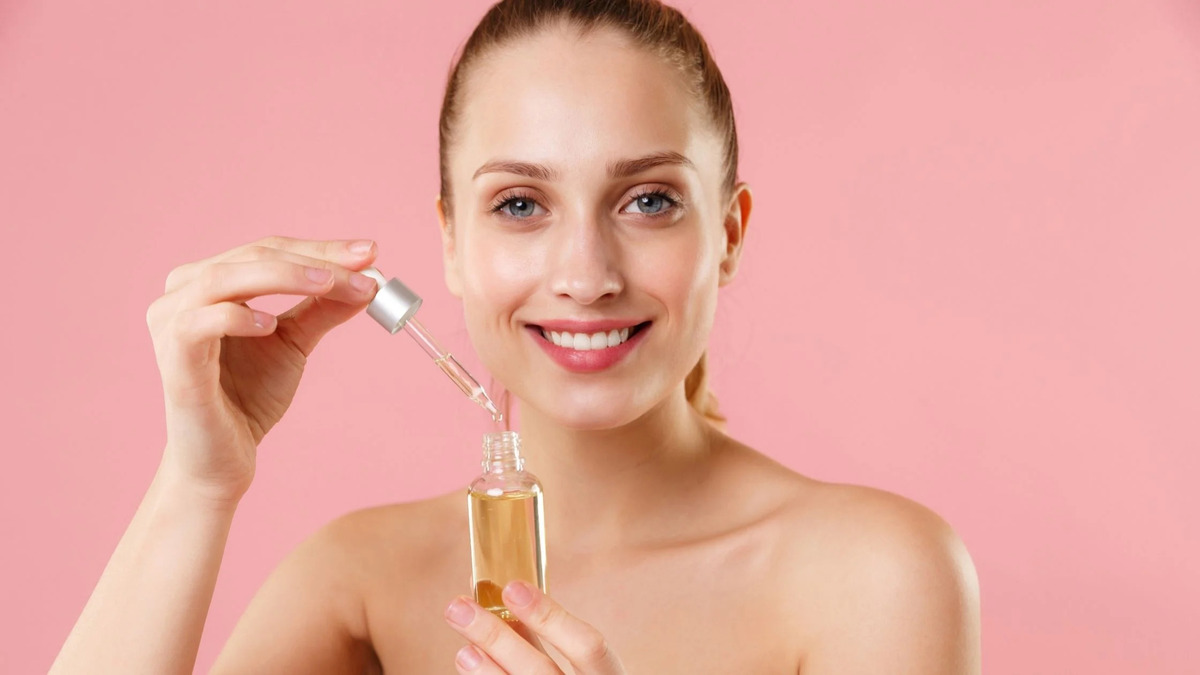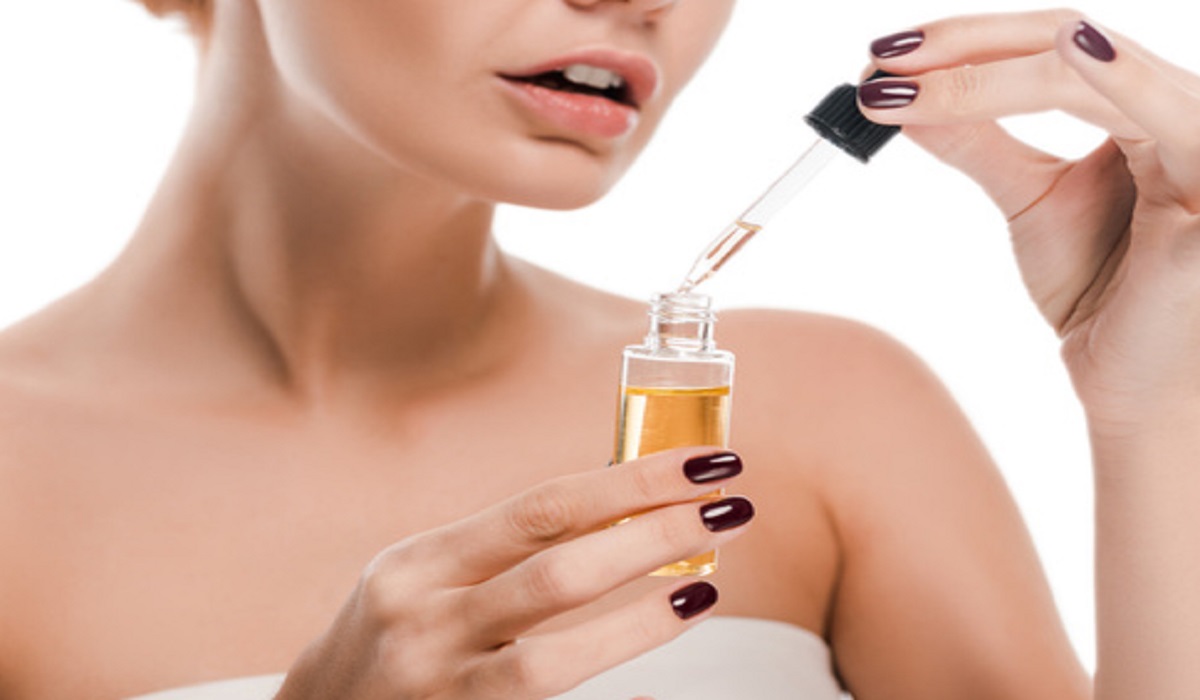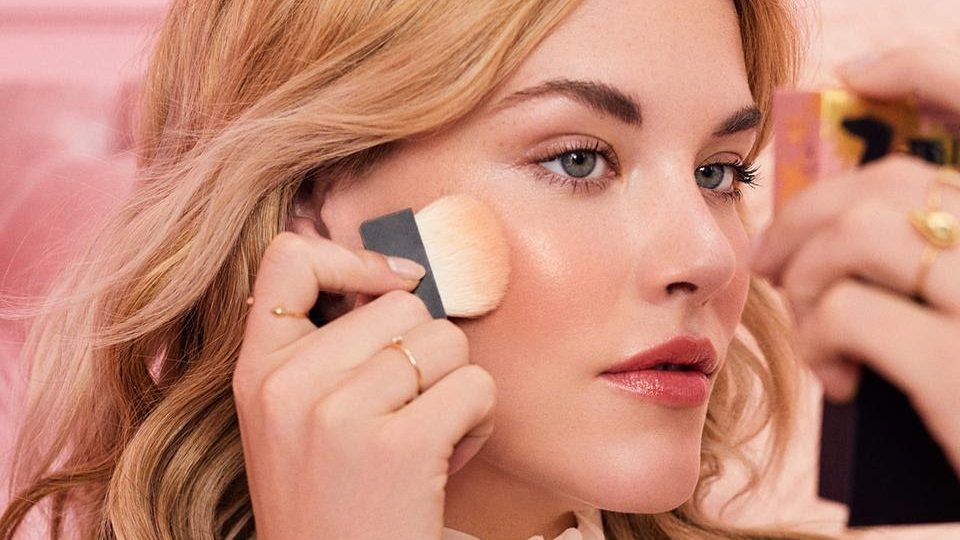Liquid concealer isn’t just a makeup product; it’s a magic wand for your complexion. Essential for brightening the complexion, highlighting facial features, and concealing signs of fatigue or blemishes, liquid concealer serves as a color corrector. Ideally, it should be a shade or two lighter than your skin tone to effectively mask dark circles and imperfections, ensuring a seamless blend with your foundation for a natural, yet polished look.

Liquid vs. Powder Concealer: Making the Right Choice
The Supremacy of Liquid Concealer
Liquid concealer reigns supreme in the beauty world for its ease of application, blendability, and exceptional coverage. Its dense formula surpasses traditional foundation in concealing power, catering to those seeking medium to full coverage.
Understanding Powder Concealer
While less common, powder concealer offers a lightweight alternative, ideal for individuals with sensitive or acne-prone skin seeking a more natural finish. Unlike liquid formulas, powder concealers boast a shine-free finish without the need for setting, and are celebrated for their durability and crease-resistant properties.
Choosing Your Concealer Wisely
Consider Your Skin Type
Your skin type plays a pivotal role in concealer selection. Liquid concealers are versatile, catering to normal, sensitive, combination, and dry skin types by offering hydrating formulas that minimize flakiness. For oily skin, seek out oil-free liquid options that provide a matte finish without clogging pores.
Coverage and Finish
Determine your coverage needs: full coverage for concealing significant imperfections or medium coverage for a balance between concealment and a natural look. Your desired finish, be it dewy or matte, also influences your choice. For acne-prone skin, non-comedogenic formulas are essential, while those looking for added benefits should consider concealers with SPF.
The Art of Application: Liquid Concealer
Foundation First or Concealer?
The application sequence depends on your foundation type. With powder foundation, apply concealer first to avoid a patchy finish. For liquid foundation, applying concealer afterward allows for precise coverage of any remaining imperfections and enhances facial contours through strategic light and shadow play.
Application Techniques
Apply your foundation evenly, then dot liquid concealer under the eyes, along the T-zone, or on blemishes. Using a concealer brush or damp makeup sponge, blend gently for a seamless integration with your foundation. Remember, less is more to avoid a cakey appearance.

Setting Your Concealer
Finalize your application with a translucent setting powder to ensure your concealer stays in place and maintains its brightness. Be mindful that the concealer should be slightly lighter than your foundation, but beware of setting powders altering its shade. Opt for a concealer one shade darker if using a tinted setting powder to compensate for any light-diffusing effects.
Tips for a Flawless Finish
- Shade Selection: Test concealer shades in natural light for the best match.
- Hydration: Moisturize your skin before application, especially under the eyes, to prevent creasing.
- Blending: Blend edges meticulously for a natural transition between concealer and skin.
- Layering: For extra coverage, layer your concealer gradually, allowing each layer to set before applying the next.
- Touch-ups: Carry a mini concealer for quick touch-ups to maintain a fresh look throughout the day.
Mastering liquid concealer is key to achieving a flawless makeup base. By selecting the right product for your skin type and coverage needs, and employing proper application techniques, you can enhance your natural beauty while concealing imperfections. Remember, the best makeup is not about transformation but about accentuating your inherent beauty with confidence and grace.
- How do I choose the right shade of liquid concealer?
- Can liquid concealer be used on acne-prone skin?
- How can I prevent my liquid concealer from creasing?
- Is it necessary to use setting powder over liquid concealer?
- How often should I replace my liquid concealer?








